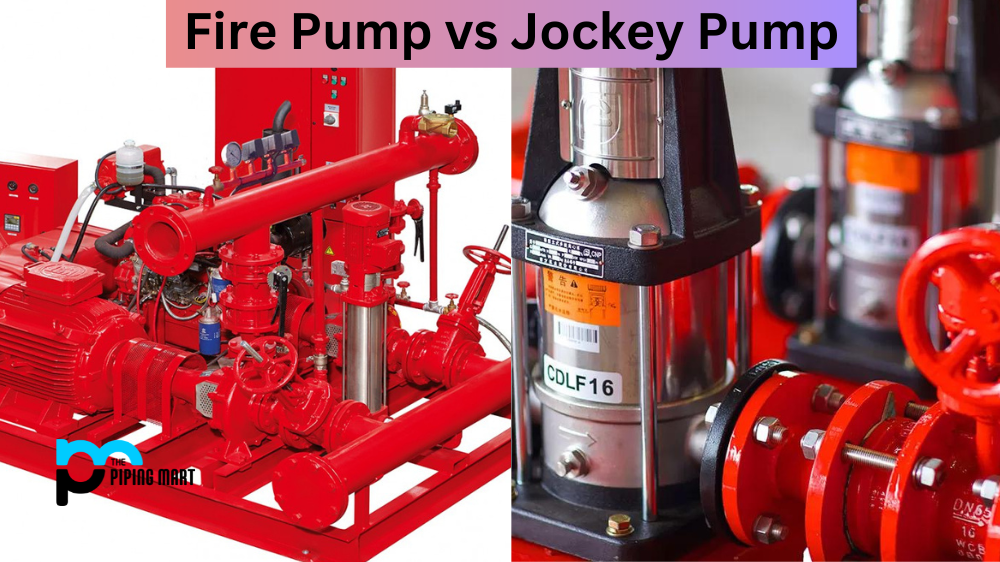Introduction
Fire protection systems play a crucial role in safeguarding lives and property from the devastating effects of fires. Two essential components of these systems are the fire pump and the jockey pump. While both pumps are designed to ensure adequate water supply for firefighting, they serve different purposes and have distinct characteristics. In this article, we will explore the comparison between a fire pump and a jockey pump, highlighting their functions, operating parameters, and applications.
1. Function
A fire pump is responsible for providing a high-pressure water supply for firefighting purposes. It is designed to deliver a substantial amount of water at a consistent pressure to suppress fires effectively. On the other hand, a jockey pump functions to maintain the pressure within a fire protection system. It continuously operates, precisely adjusting the pressure to compensate for small leaks or changes in demand, ensuring the system is always ready to respond to a fire.
2. Operating Parameters
A fire pump typically operates at a higher pressure and flow rate compared to a jockey pump. Fire pumps are designed to handle large volumes of water at high pressures, capable of delivering hundreds or even thousands of gallons per minute. In contrast, jockey pumps operate at lower pressure and flow rates, specifically calibrated to handle system leakage and maintain the designated system pressure.
3. Applications
Fire pumps are essential components of fire suppression systems, commonly found in large buildings, factories, and industrial facilities. They are designed to supply water to automatic sprinkler systems, standpipe systems, or hydrant systems. In contrast, jockey pumps are primarily used in fire protection systems that rely on automatic sprinklers. They maintain the pressure within the system, preventing false alarms and ensuring quick and effective response in the event of a fire.
4. Activation
The activation of a fire pump and a jockey pump is distinct. A fire pump is activated automatically, triggered by the operation of sprinkler heads or other fire detection devices when heat or smoke is detected. Once activated, the fire pump starts delivering water at high pressure to suppress the fire. In contrast, a jockey pump operates continuously, independent of fire detection. It ensures the system pressure remains within the acceptable range to guarantee the system’s efficiency at all times.
5. Redundancy
When it comes to redundancy, fire pumps often have a backup unit to ensure uninterrupted water supply during emergencies. This backup pump can be an electric pump powered by a generator or a diesel pump. It provides an additional layer of security in case the primary fire pump fails or requires maintenance. However, jockey pumps usually do not have a dedicated backup pump since their primary function is to maintain system pressure rather than providing water supply for firefighting.
6. Size and Capacity
Fire pumps are generally larger and more robust compared to jockey pumps due to their ability to deliver high volumes of water at elevated pressures. They are typically powered by diesel engines or electric motors capable of driving the pump to meet the required water delivery demands during a fire emergency. Conversely, jockey pumps are smaller in size and have lower capacities, as their purpose is to handle leakage losses and minor pressure adjustments.
Conclusion
Both fire pumps and jockey pumps are crucial components of fire protection systems. Fire pumps are designed to deliver high-pressure water supply during a fire emergency, while jockey pumps maintain system pressure and ensure its effectiveness. Understanding the differences in their functions, operating parameters, and applications is essential for designing and maintaining reliable fire protection systems. By utilizing the appropriate pump for each specific purpose, buildings can enhance their fire safety measures and provide effective fire suppression capabilities.

